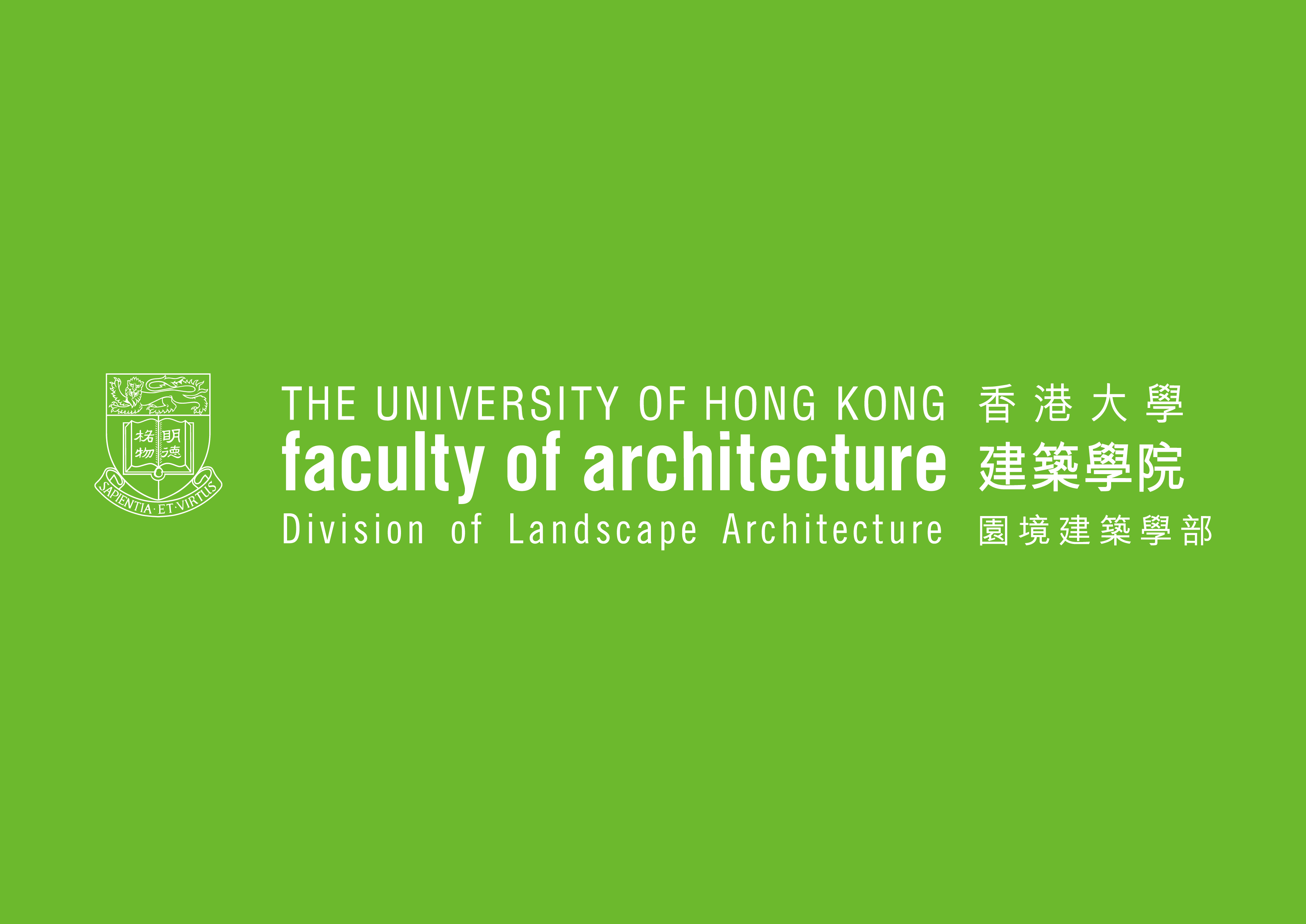“风土”的中文名词解释是“一个地方特有的自然条件、地理环境和风俗习惯的统称”,当我们提到风土的消亡时,我们大概是指某种原有的自然景观或人文风俗逐渐走向残缺的过程。这是一种动态的、不确定的阶段,尤其体现在那些正经历着再野化的构筑物上。它使景观具有边缘性,无法判断究竟是自然还是人工霸占了对景观美感呈现的话语权,并引发对风土原貌的想象。
于是构成风土的物质碎片和观看者的生活经历联系起来,构成了新的故事,成为了个体对私人残缺记忆的补充与慰藉。该作品试图强调、延展、升华乌龙村内的消亡过程,尝试将前人的家园解释并营造为当代人的花园,以表达对消亡这一过程的批判思考。
我们在乌龙村中收集了大量被遗弃的建筑废料,并依照村中最初的建设顺序与周围景观的颜色对废料进行分类并重新组合,最终放置在我们建造于场地中心平行于周围古建筑墙面与屋顶表面的延展面上,来呼应正在消亡的房屋结构和现有的村庄脉络。我们将经解构重组后的建筑废料平面(归档)视作一种蒙太奇,因为这种冗杂的视觉组合引发了对物质和物质之间关系的联想,希望将观看者带入能够结合其自我意识的乌龙村叙事里,来追忆某种不存在的建筑,以激发对风土消亡之含义的个人判断。
The Chinese noun interpretation of "Terroir " is "a place's unique natural conditions, geographical environment and customs". When we mention the demise of Terroir , we probably refer to the process of some original natural landscape or human customs gradually going to the incomplete.This is a dynamic and uncertain stage, especially reflected in the structures that are experiencing rewilding.It makes the landscape marginal, and it is impossible to judge whether it is natural or artificial to occupy the discourse right of the landscape aesthetics, and triggers the imagination of the original appearance of the local conditions.Then the material fragments that constitute the local conditions are linked with the viewer's life experience, forming a new story, and becoming a supplement and comfort to the individual's private incomplete memory.This work tries to emphasize, extend and sublimate the demise process in Wulong Village, and try to interpret the homes of our ancestors and create a garden for contemporary people, in order to express critical thinking about the demise process.We collected a large number of abandoned construction waste in Wulong Village, and classified and recombined the waste according to the original construction order and the color of the surrounding landscape. Finally, the waste was placed on the extension surface we built in the center of the site, parallel to the walls and roof surfaces of the surrounding ancient buildings, to echo the dying housing structure and the existing village context. We regard the architectural waste plane (archive) after deconstruction and reorganization as a kind of montage, because this jumbled visual combination triggers associations between substances and their relationships, hoping to bring the viewer into the narrative of Wulong Village that can be combined with their self-consciousness, to recall a certain non-existent building, and to stimulate personal judgment on the meaning of the extinction of local culture.

香港大学(The University of Hong Kong)是一所综合性国际化公立研究型大学,有亚洲“常春藤”之称。在2024年QS排名中,香港大学荣居亚洲大学排名第2位,世界大学排名第26位。该校以英文为主要教学语言,现共有十所学术学院,其以教育学、法律学、社会学、哲学、国际关系、建筑学、新闻学、社会科学、政治学、文学等见长。香港大学建筑学院是香港历史最悠久的建筑教育学院,其在2024年QS排名中荣居世界大学专业排名第14位。建筑学院目前已发展成为一所涵盖建筑学、园境建筑学、文物保护、城市设计、房地产开发与建设等领域的教育和科研机构。建筑学院的园境建筑学部旨在培养具有专业知识、技能和理念的人才,使其在未来能够积极应对并领导解决诸如人口增长、都市扩张、资源枯竭、气候变化,以及废物污染等挑战。
The University of Hong Kong is a comprehensive international public research university, known as the "Ivy" of Asia. In the QS Rankings 2024, the University of Hong Kong is ranked 2nd among Asian universities and 26th in the world. With English as the main language of instruction, the school now has ten academic schools, which are distinguished in education, law, sociology, philosophy, international relations, architecture, journalism, social sciences, political science, literature and so on.
The Faculty of Architecture of the University of Hong Kong is the oldest school of architecture education in Hong Kong and is ranked 14th in the world by subject in the 2024 QS Rankings. The Faculty of Architecture has developed into an educational and research institution covering the fields of architecture, landscape architecture, heritage conservation, urban design, real estate development and construction.
The Faculty of Architecture's Division of Landscape Architecture aims to develop people with the expertise, skills, and ideas to actively respond to and lead solutions to future challenges such as population growth, urban expansion, resource depletion, climate change, and waste pollution.